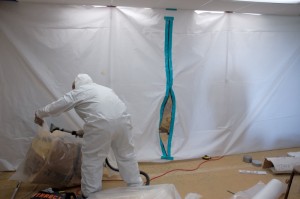[ee-gres] – noun
-A means of place of going out; an exit
Most people are unaware of the benefits of egress solutions in structures, but Mar-flex owner Brett Oakley isn’t one of them. In 1984 Oakley was a volunteer firefighter for the then-underfunded township fire department. He had witnessed many different fires and emergencies and had become an experienced veteran. Unfortunately, one fire he arrived on was unlike any he had seen, in that he fell through the floor, landing in the basement of the home – which had quickly turned into a smoldering inferno. It was at that moment, as he lay on the basement floor, looking up at the burning structure – that he had a revelation that would change his life forever. As he got back onto his feet, he realized that, for the average homeowner, there was no way out of this situation. Luckily, Oakley was a 20 year vet, and could escape the home quickly and safely. However, after the fire all he could think of was how homeowners couldn’t escape from the same situations.
Four people will die each day in residential house fires, and many people will be trapped by tornados or other natural disasters in their basements – waiting on rescue. Your family doesn’t have to be in this situation. This is a truly sad and many times preventable, occurrence. This is why Mar-flex manufactures the highest  quality, least expensive egress window solutions. Mar-flex knows in the event of an emergency you need a means to egress out of your basement, and the ability to do it safely. That’s why our windows are manufactured from high-quality heat-resistant plastics that allow for a quick escape. When your life or the lives of your family members may depend on it, why wait to install our window well solutions.
quality, least expensive egress window solutions. Mar-flex knows in the event of an emergency you need a means to egress out of your basement, and the ability to do it safely. That’s why our windows are manufactured from high-quality heat-resistant plastics that allow for a quick escape. When your life or the lives of your family members may depend on it, why wait to install our window well solutions.
RhinoWells, StoneWells, and ModularWells are all trademarks of Mar-flex Systems incorporated, which brings innovations that keep you and your family safe. Check out our catalog today, or browse our selection right on the website. Don’t forget, our customer service representatives are standing by to answer your call, email, or to help you using our brand new webchat interface. All you must do to chat with us is to accept the invite after entering our website.

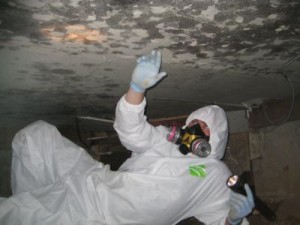
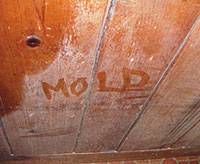
 Mar-flex Waterproofing and Building Products is the reputable name in innovation and invention for the waterproofing industry. With products like the ShockWave drainage board, made of 100% post-consumer recycled content, and winner of World of Concrete’s Most Innovative Product – Mar-flex sets the standard for forward thinking building professionals and homeowners. Mar-flex products can be found on new residential, multi-family, and commercial structures nationwide! Join us by offering our products and become a part of the Mar-flex Distribution Network. To get an idea of how widespread our products are, and how popular,
Mar-flex Waterproofing and Building Products is the reputable name in innovation and invention for the waterproofing industry. With products like the ShockWave drainage board, made of 100% post-consumer recycled content, and winner of World of Concrete’s Most Innovative Product – Mar-flex sets the standard for forward thinking building professionals and homeowners. Mar-flex products can be found on new residential, multi-family, and commercial structures nationwide! Join us by offering our products and become a part of the Mar-flex Distribution Network. To get an idea of how widespread our products are, and how popular, 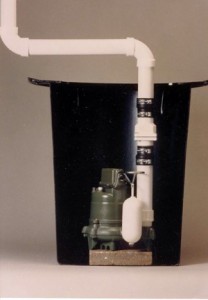
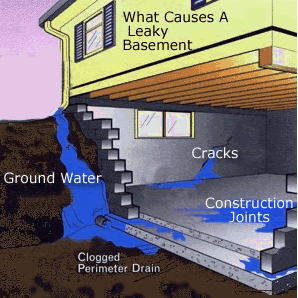 When it comes to choosing waterproofing products, the location and type of home you own can affect which interior and exterior solutions are best for you and your situation. There are pros and cons associated with each application, and we’ll discuss several ways you can do the task as well as help you decide whether you should be using interior or exterior basement waterproofing.
When it comes to choosing waterproofing products, the location and type of home you own can affect which interior and exterior solutions are best for you and your situation. There are pros and cons associated with each application, and we’ll discuss several ways you can do the task as well as help you decide whether you should be using interior or exterior basement waterproofing.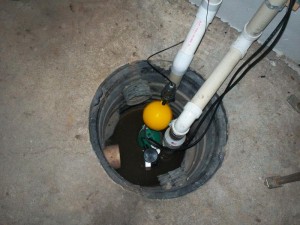 If you live in an area that occasionally floods you know how important it is to have a good working sump pump. This is critical because sump pumps keep moisture from accumulating in your basement, mainly by pumping excess moisture out and away from the area. Since the pump is so important, its important to know when its time to replace it. Some of these signs include a noisy unit, it stops working, or electrical problems.
If you live in an area that occasionally floods you know how important it is to have a good working sump pump. This is critical because sump pumps keep moisture from accumulating in your basement, mainly by pumping excess moisture out and away from the area. Since the pump is so important, its important to know when its time to replace it. Some of these signs include a noisy unit, it stops working, or electrical problems. Mar-flex Waterproofing and Building Products has made it easier than ever to browse our selection with the introduction of the new online catalog. Now, you don’t need a physical catalog to browse Mar-flex products, you can
Mar-flex Waterproofing and Building Products has made it easier than ever to browse our selection with the introduction of the new online catalog. Now, you don’t need a physical catalog to browse Mar-flex products, you can 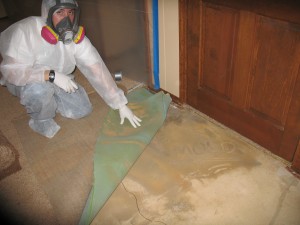 Basement mold is a common issue for homes that have damp, dark basements. Mold is a fungus, which grows quickly in moist, humid areas. Once it establishes its presence in your basement, this problem is difficult to get rid of. It can even cause serious health issues like asthma, infections, cough, rashes, congestion, and allergies. The best way to prevent mold growth is to control humidity and moisture in your basement.
Basement mold is a common issue for homes that have damp, dark basements. Mold is a fungus, which grows quickly in moist, humid areas. Once it establishes its presence in your basement, this problem is difficult to get rid of. It can even cause serious health issues like asthma, infections, cough, rashes, congestion, and allergies. The best way to prevent mold growth is to control humidity and moisture in your basement.